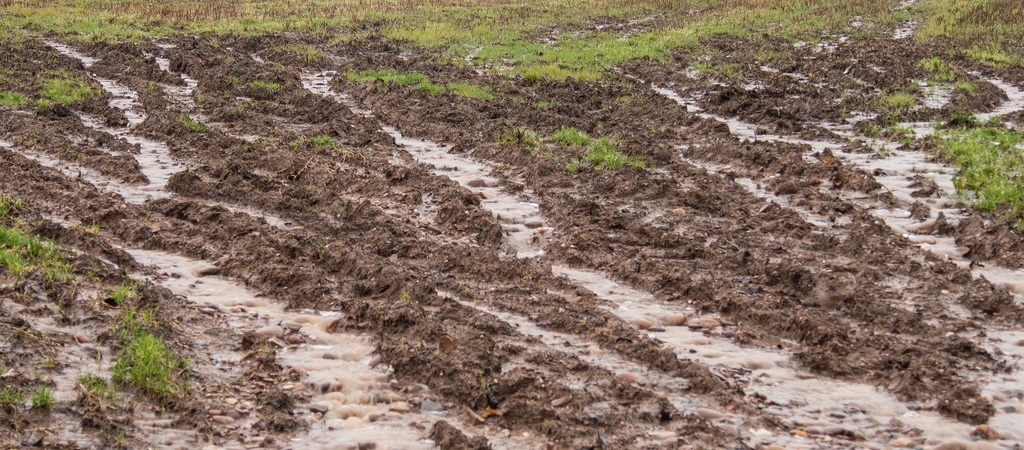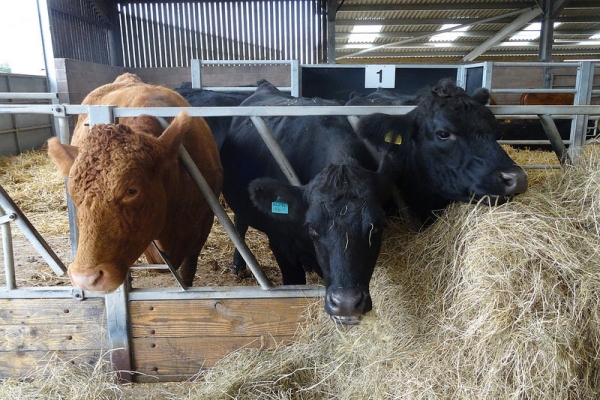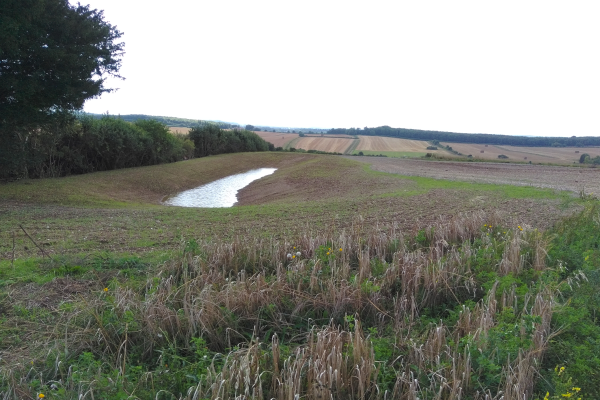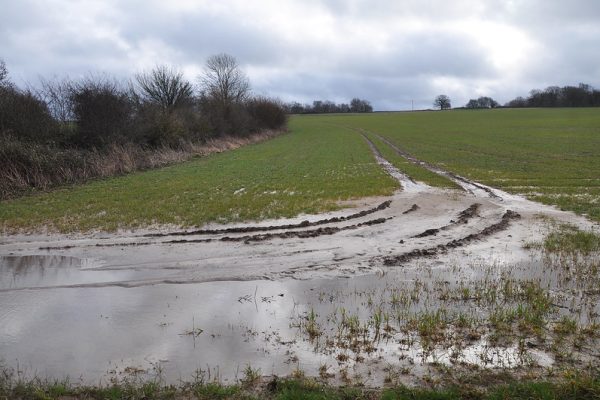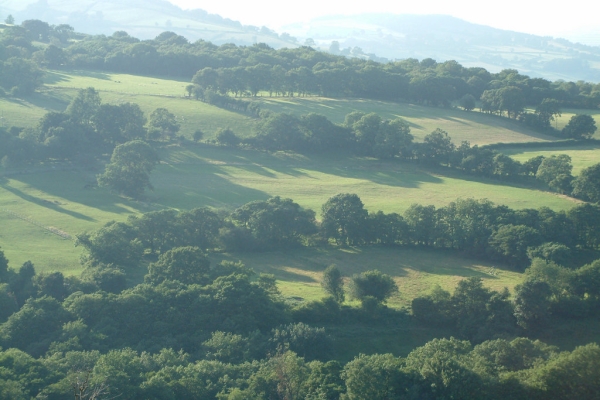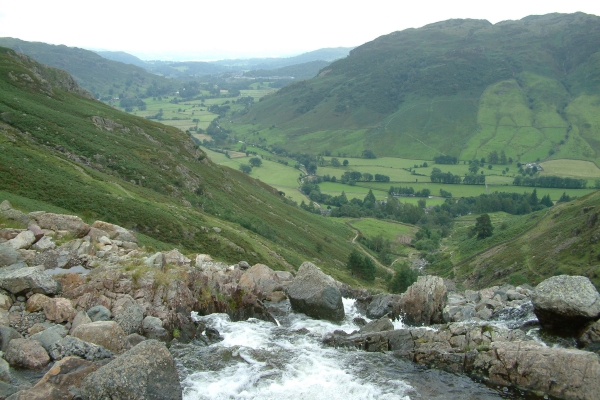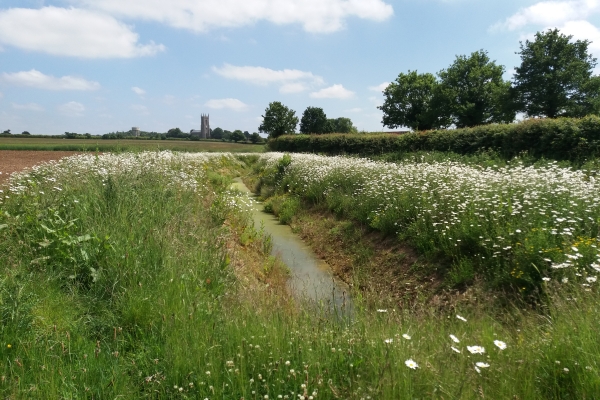Filter fences: catching sediment to prevent run-off
Resource explained
This video features LEAF Demonstration Farmer, Nick Bragg from Frogmary Green Farm in Somerset talking about the measures put in place to reduce the impacts of soil erosion on his poultry and arable farm; including minimum tillage, cover crops, incorporating poultry litter to help build soil organic matter, and using sediment filter fences (as a short term measure). It also features Roy Hayes, Catchment Sensitive Farming Officer, Natural England, who explains what filter fences are, how they work, and how they can help reduce the impact of soil erosion.
Findings & recommendations
- Using minimum tillage, cover crops and focusing on building up soil organic matter will all help reduce soil erosion and soil compaction and improve soil structure and drainage in your fields.
- Sediment filter fences can be used to help slow water down, reduce topsoil erosion and prevent sediment from running off sloping land and reaching waterways.
- Other changes that Nick and his wife have made on their farm and neighbouring farms to tackle soil erosion and run-off problems include planting an earlier variety of maize, incorporating rotational crops including two/three year grass leys, and establishing larger field margins and corners.
Find out more about how Nick and his wife farm at Frogmary Green Farm here.
Photo credit: Graham Rawlings (CC BY-NC 2.0)
